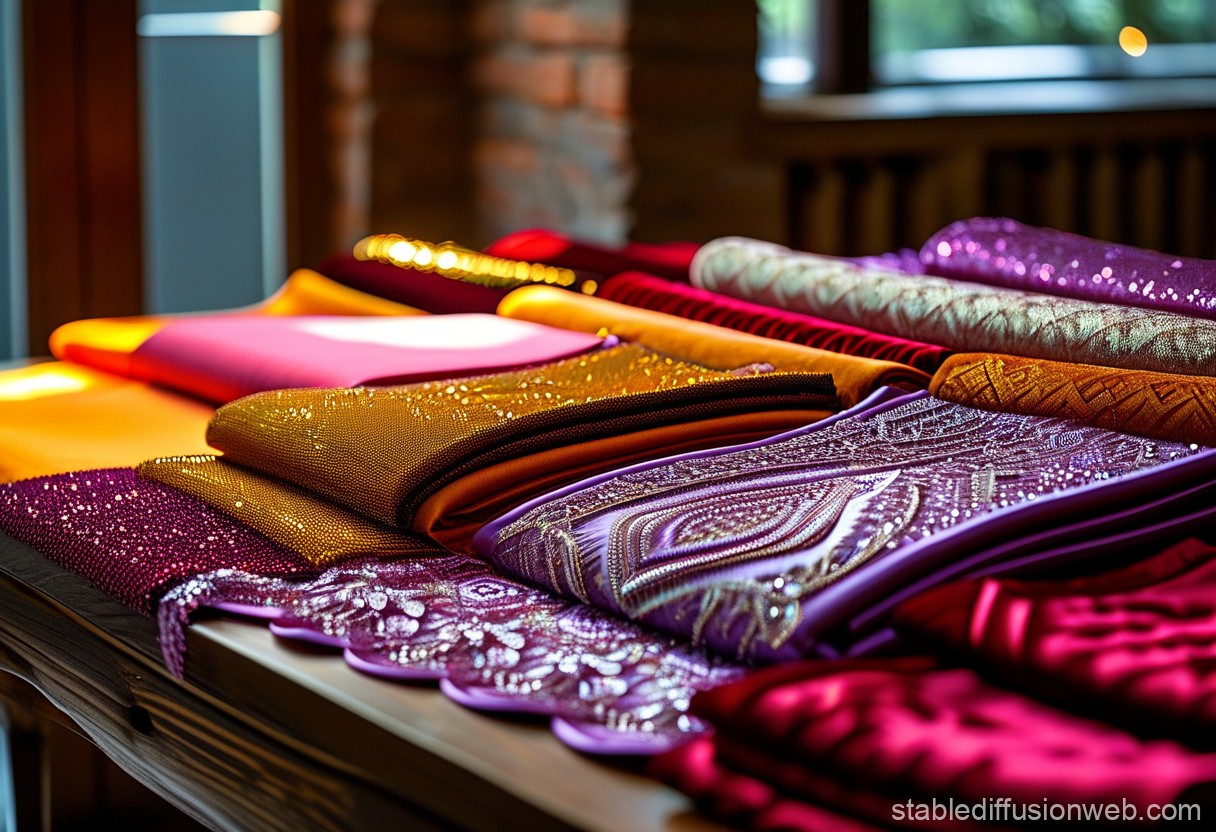Reflective material consists of at least three sets of threads: warp threads, elongated surface threads forming the base (warp and weft), and additional warp or weft threads creating pile or loops on part or all of the surface (typically on one side, but occasionally on both). The pile or loops can be short and smooth or longer, often with a soft, plush texture.
Split-screen shielding fabrics are often deformed when the pile or loops on their surface are created by pile warp threads. These fabrics are typically produced during weaving by lifting the pile warp threads over metal rods (called “pins”) placed along the weft direction. This creates loops that can be cut either during or after weaving, resulting in the so-called striped velvet, plush, or velour fabrics. If the loops are left uncut, the fabric is referred to as curly, looped, or plush velvet. In pile and plush fabrics, the loops are supported by a lower foundation of threads.
Velvet and other chenille fabrics are similar to chenille carpets in their construction. Their surface (often on both sides) is made using chenille threads, typically produced by incorporating additional chenille threads during weaving or embedding them in the base fabric. Pieces of chenille threads in various colors and lengths are woven into the base material. The textiles used in producing velvet, plush, and chenille fabrics vary widely, including silk, wool, fine cotton fibers, cotton, synthetic, or artificial fibers.
Looped fabrics in this category are often used for making towels, bathrobes, or washcloths. They feature an elongated weave with two sets of warp threads. One set forms the base, while the other creates loops on the fabric surface. These warp threads can vary in proportion, but typically, equal numbers of threads contribute to the base and the loops.
Lace is an ornamental fabric where we can distinguish between two main elements: the decorative part, composed of complex patterns, and a network or mesh, whose shapes and sizes are often regular. In some lace types (notably hand-made guipure lace), there is no actual mesh element. Instead, patterns are held together by decorative bridges, contributing to the overall design.
Handwoven tapestries are created manually by stretching warp threads on a loom and interweaving them with weft threads. These weft threads, in different colors, overlap to conceal the base and form a design. Unlike standard woven fabrics, the weft threads in tapestries do not extend across the entire fabric width but are cut to specific lengths depending on the design. These threads are interwoven only at the points required to achieve the pattern, leaving their ends exposed. In handwoven tapestries, warp threads intersect in a single line across the fabric. Examples of handwoven tapestries include Gobelin, Flanders, Aubusson, and Beauvais tapestries.
The primary purpose of reflective materials is to provide safety by reflecting light. They are highly durable. This is crucial in the context of a modern economy that risks exhausting resources and destroying the biological foundations of life. The resulting challenges, including scarcity of drinking water, food shortages, and unpredictable climate changes, highlight the need for sustainable design. We must prioritize products and services designed for long lifecycles, support the recycling of natural resources, and eliminate toxic materials and harmful emissions.


